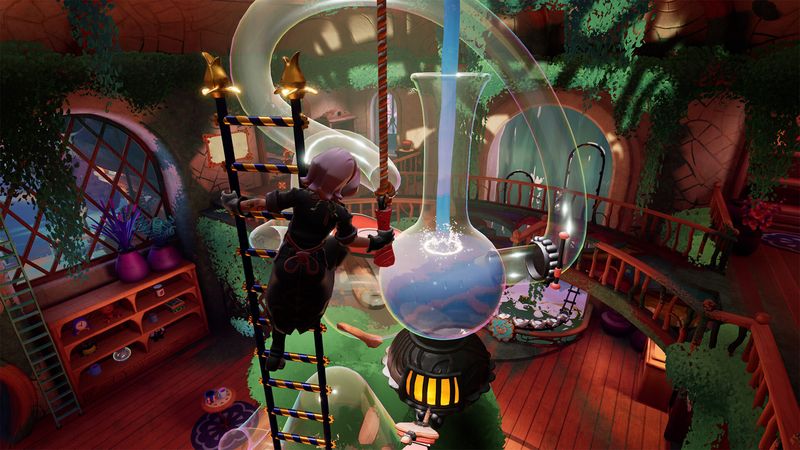I recently spent a lot of time with Wanderstop, the latest cozy, story-driven game from Ivy Road and Annapurna Interactive. This title mixes tea brewing, plant growing, and meaningful chats with quirky NPCs. As someone who enjoys deep game analysis and strong character development, I started Wanderstop with high hopes. What I found was a mix of admiration for its artistic details and some concerns about its gameplay.
Overall Impressions
Wanderstop feels like a game trying to change how we think about cozy games. Its main message—resetting yourself—really spoke to me. Everything, from the title to the changing world, supports the theme of growth and change. I liked how there was no set path. The game encourages you to explore, try new tea mixes, and choose who your character becomes.
Still, the story didn’t go as deep as I hoped. While it brings up important topics like burnout and toxic productivity, these are often wrapped up too quickly or simply. The game hints at big personal change but circles back to the same lesson: rest matters. Compared to other story-heavy games with more complex plots, Wanderstop sometimes feels too basic. That said, its lovely art, relaxing music, and cozy vibe kept me playing.
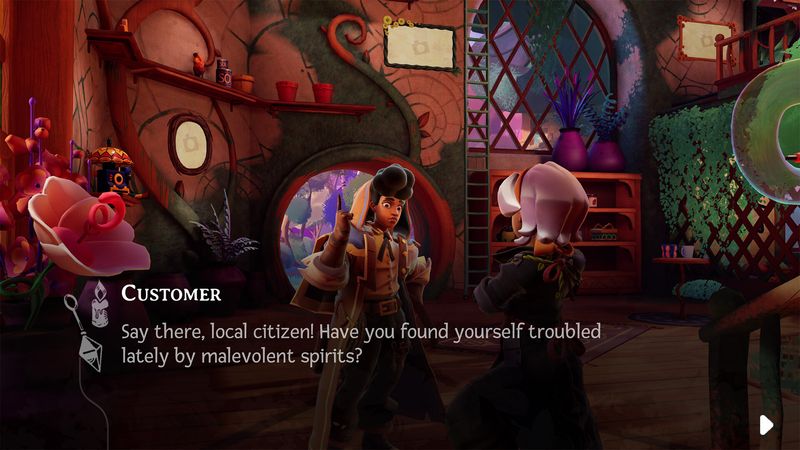
Gameplay Mechanics
The gameplay in Wanderstop is different from other life sim games. It avoids complex systems in favor of simple ones. You grow plants, brew teas, and talk to characters. I found this simplicity both relaxing and limiting. The gameplay often feels like a background element, supporting the art and story rather than standing out on its own. This works well for players who want a calm, stress-free game. But if you’re looking for choices that deeply affect your progress, this might not be enough.
One part that left me torn was the tea shop’s seasonal reset. It forces you to let go of progress that doesn’t move the story forward. Some may see this as a smart way to highlight themes of change and starting over. Others might feel it discourages creativity or building strong ties with characters. I liked the artistic idea, but it took away from the joy of long-term progress. It reminded me of similar choices in games like VA-11 Hall-A, where story takes the lead but gameplay can feel held back.
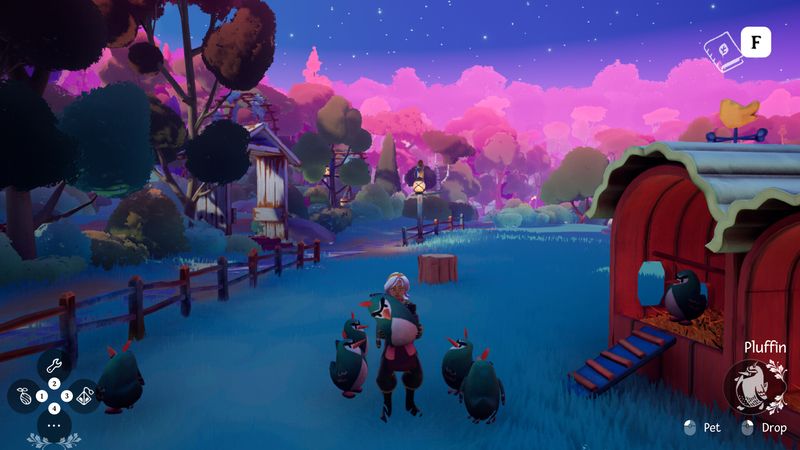
Story and Characters
The story in Wanderstop is both its strength and its challenge. The game invites you to reflect on your life while doing simple tasks like making tea. I liked how the game acted as a symbol for personal change and the chance to start over. It encourages you to see past the small actions and think about the bigger picture.
However, the characters don’t always feel fully developed. They mostly serve the main theme, rather than having unique, standout personalities. The game often gives you simple choices—work or rest—without exploring the gray areas in between. I wanted more meaningful outcomes and deeper talks that reflect how complex change can be. Even so, some parts—like filling out the field guide or seeing how different teas affect reactions—offered quiet, thoughtful moments.
Visuals and Graphics
Graphically, Wanderstop paints an immersive and everchanging landscape. The art style complements the game’s narrative well. Visuals feature a blend of whimsical charm and evocative landscapes typical of art-house games. The dynamic forest and the transforming tea shop evoke a sense of calm and wonder. Every setting feels like part of a living, breathing illustration that invites you to slow down and appreciate the small details.

Animations are fluid, and the color palettes shift seasonally in a way that mirrors the game’s underlying theme of rebirth. I found these details to be a refreshing reminder of the game’s artistic spirit. The deliberate design, where the graphics underscore the transient nature of the environment, really helped to immerse me in its world. In comparison to other narrative games that sacrifice visual storytelling for dialogue, Wanderstop excels at inviting the eye to linger.
Sound and Music
The auditory experience in Wanderstop is equally compelling. I spent time just listening to the music, and it never failed to resonate with the game’s themes. The soothing, ambient soundtrack matches the gentle pace and reflective mood of the game. This is not a title that relies on bombastic sound effects or overriding music scores. Instead, it uses subtle cues that emphasize contemplation and calm.
Sound effects, such as the gentle clink of teacups or the rustling of leaves, enhance the immersive quality of the game. Every audio element contributes to building a space that feels both lived-in and otherworldly. I believe the developers did a remarkable job of letting sound guide the narrative flow without overwhelming the dialogue. However, I did notice a few instances where the simplicity of the sound design conflicted with the more serious narrative themes, reducing the impact of those heavier moments.
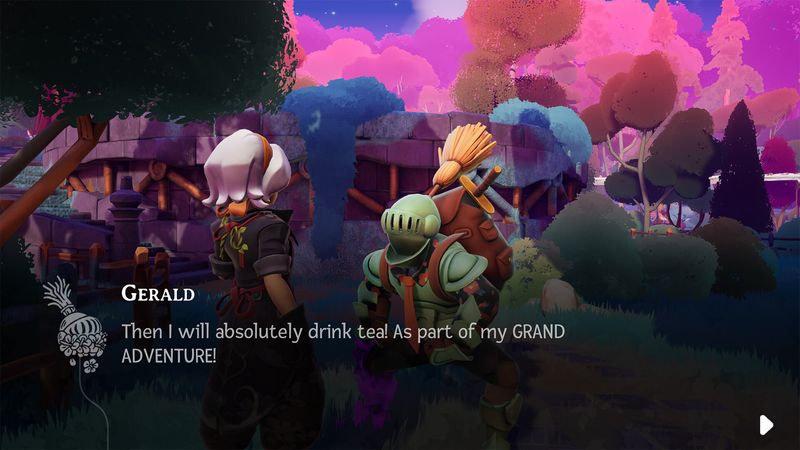
Difficulty and Replayability
Wanderstop does not present a high challenge in the traditional sense. Its primary hurdles are more reflective than competitive. The deliberate design choices may frustrate players who expect every action to have significant long-term outcomes. The seasonal reset of the tea shop, for instance, discourages deep engagement with secondary gameplay elements that do not lead to narrative change. This decision creates an environment where replayability is tied more to experiencing the narrative from start to finish than to discovering new gameplay strategies.
For dedicated players like myself, replayability comes in the form of reinterpretations and self-reflection. I approached each session as an opportunity to view my decisions from a fresh perspective. My replay value lies not in mastering competitive mechanics, but in connecting with the expressive art, music, and philosophical undertones. While I believe that this approach aligns well with the intended experience, it might not cater to players looking for more dynamic or layered gameplay systems.
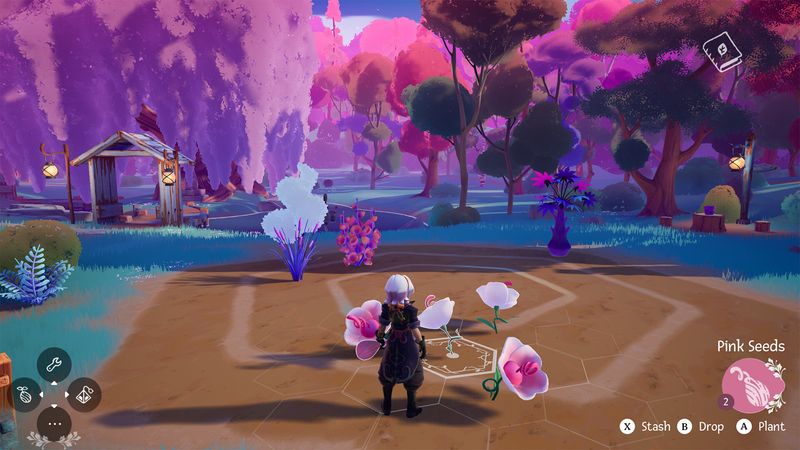
My Final Verdict
Wanderstop is an intriguing exploration of life’s perpetual state of flux. It invites you to pause, create a new identity, and consider the importance of rest and reflection. The game shines with its evocative graphics and calming music, and its central metaphor of rebirth in a tea-drenched world is exceptionally well-conceived. On the other hand, I found that some gameplay mechanics, such as the tea shop reset and binary narrative choices, limited the depth of interaction that the narrative promised.
I salute the ambition of Ivy Road and Annapurna Interactive in blending a reflective narrative with understated gameplay. They have crafted a game that is a tranquil haven for introspection. That said, if you prefer more robust mechanics and a deeper dive into character complexity, you might feel that Wanderstop falls short.
After a thorough review and many hours of reflective tea crafting, I give Wanderstop 3.5 out of 5 stars. I appreciate its artistry and thematic ambition, yet I remain cautious about its simplistic execution in gameplay and narrative depth. Wanderstop is worth experiencing, especially if you are at a point in life where quiet contemplation and steady renewal resonate with you.
I remain committed to exploring and scrutinizing each facet of games that shape us as players and as individuals. With Wanderstop, Ivy Road sparks a conversation about change—even if that conversation sometimes feels unfinished.
